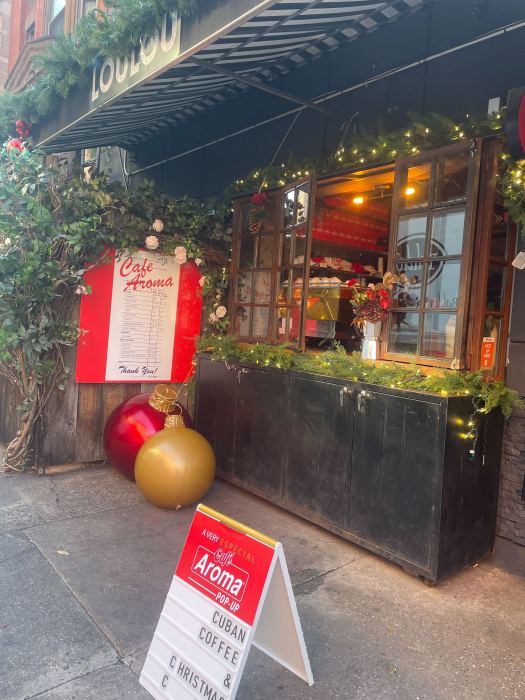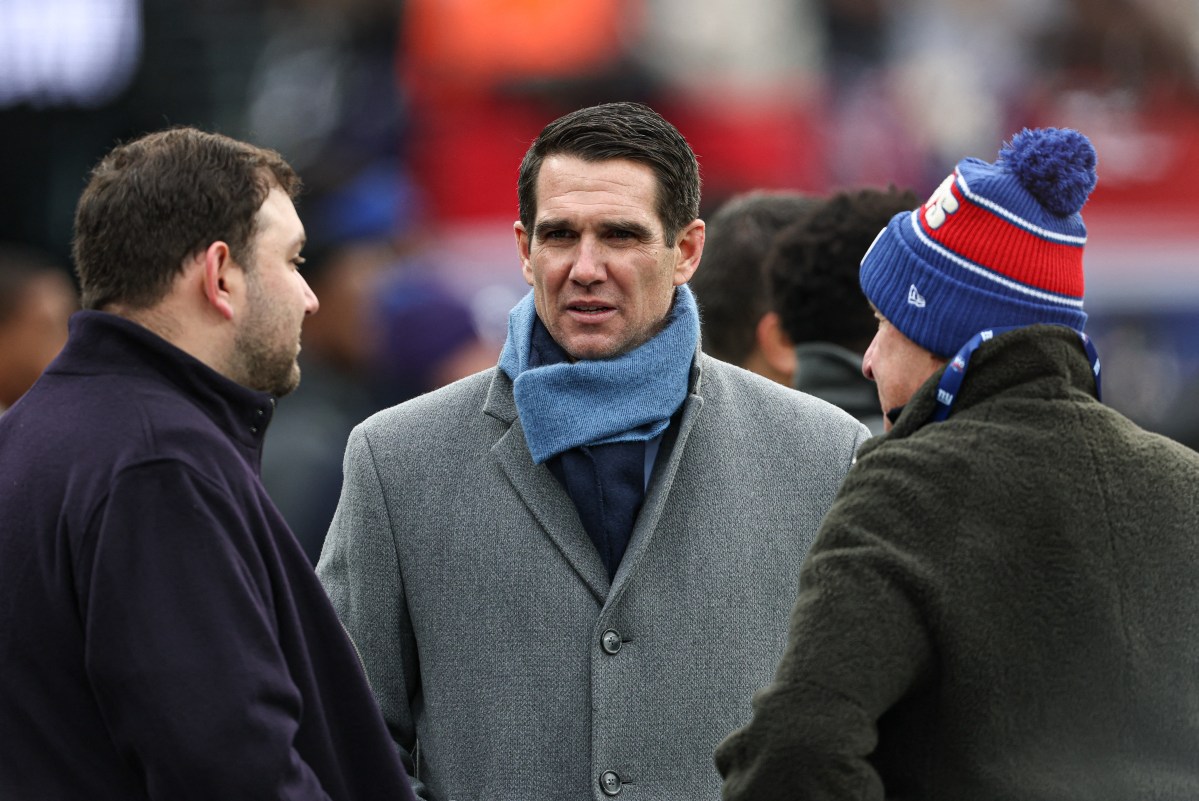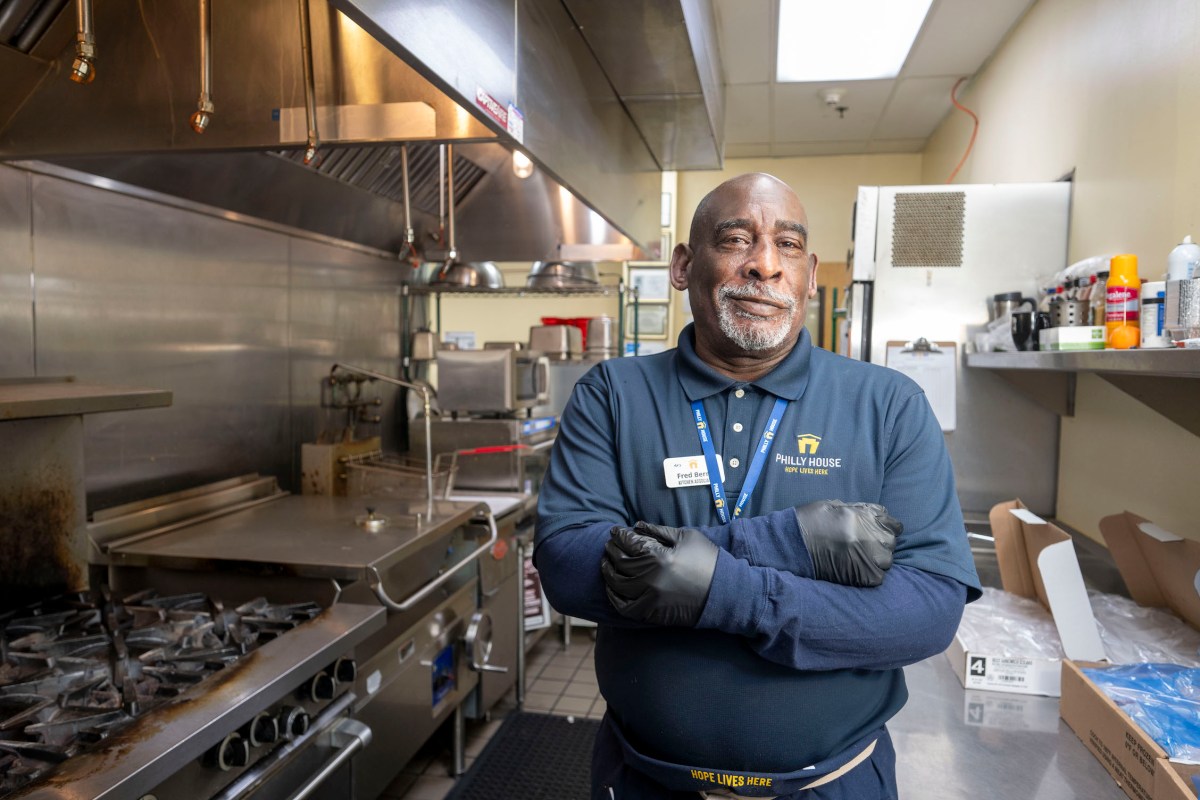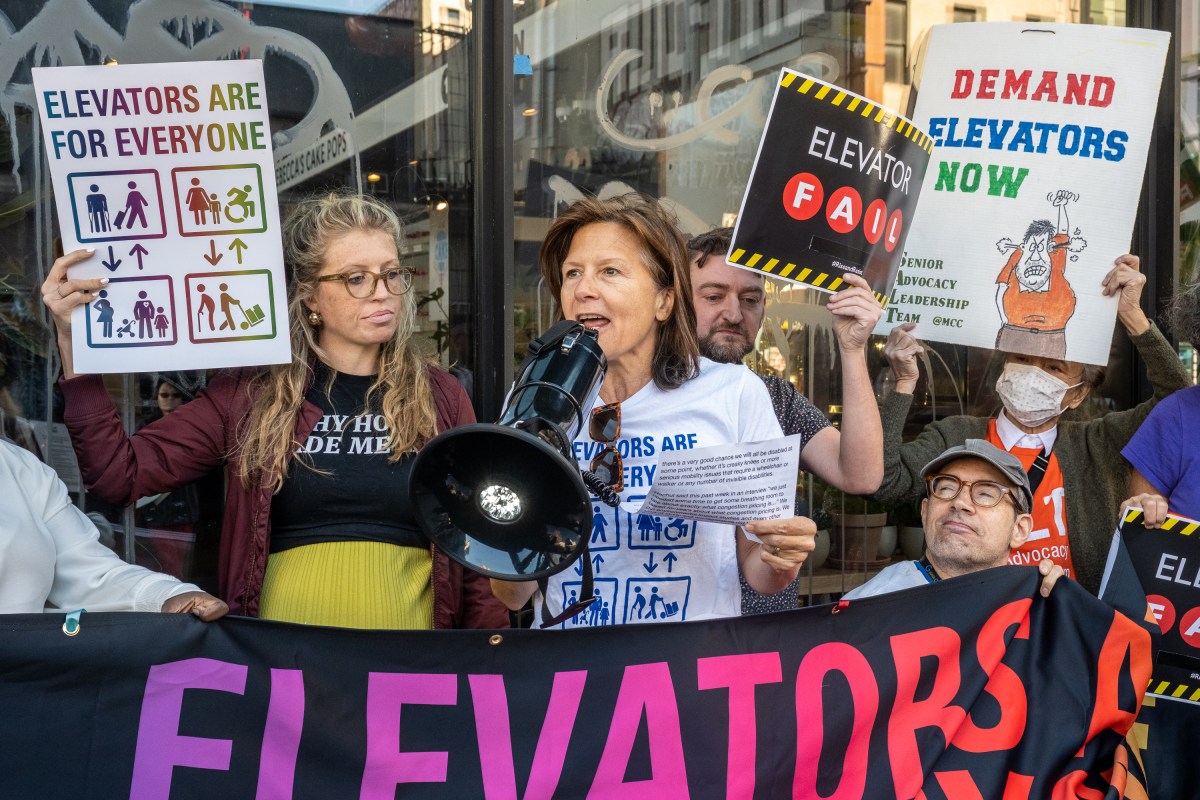Nearly a year after Sandy’s surge flooded the streets of Manhattan’s South Street Seaport, the city has begun the slow process of determining how the neighborhood might be protected from future storms.
One solution: a whole new neighborhood.
Comprised of a landfill or platform extension, Seaport City would be built as part of a multipurpose levee shielding a 1.5-mile section of Lower Manhattan from coastal flooding.
But the project, just one of 257 initiatives proposed in the city’s comprehensive climate change resiliency plan, is mired in confusion and doubt.
“Clearly anyone who lives downtown would like to see some form of physical barriers that would protect our homes,” said Michael Kramer, a real estate broker who has lived on Front Street for eight years. “What we’re not looking for is even more development to overwhelm the Seaport’s history.”
Many concerns stem from the Pier 17 redevelopment, which officially began last week. Residents balk at a rendering of Seaport City showing giant glass buildings on the proposed landfill or platform extension.
How much the plan would cost, what it actually entails and whether creating a “Battery Park City East” is even practical are also under scrutiny.
A feasibility study, to be conducted by Amsterdam-based engineering firm ARCADIS, will consider all of these factors.
ARCADIS was selected last month to perform the study, which began this month and will address how the proposal will impact the Seaport in addition to technical questions.
One worry community leaders shared was the proposal to pay for the project through private developments in the neighborhood.
“In that part of the Seaport there needs to be a very sensitive approach to maintaining the character of the district,” said Robert LaValva, founder and president of the New Amsterdam Market.
The city is trying to dispel these concerns and turn local attention back to the effects of coastal flooding and climate change.
“The risks are real. They are in the here and now. Sandy showed that,” Daniel Zarilli, the city’s director of resiliency, said.
The community will just have to wait until the study is released, sometime in February or March, when the next administration will decide “whether to run with this ball,” Zarilli said. In Tuesday’s debate, both mayoral candidates Bill de Blasio and Joe Lhota said they would consider the proposal.
A strong opponent of development in the area, Kramer was also displaced from his Seaport home for eight months after Sandy. He’s cautiously weighing the benefits of Seaport City.
“If all we’re doing is creating an opportunity to build more glass towers, I don’t know that’s what we signed up for,” he said. “But we also didn’t sign up for living in fear of the water.”
Follow Anna Sanders on Twitter: @AnnaESanders






















